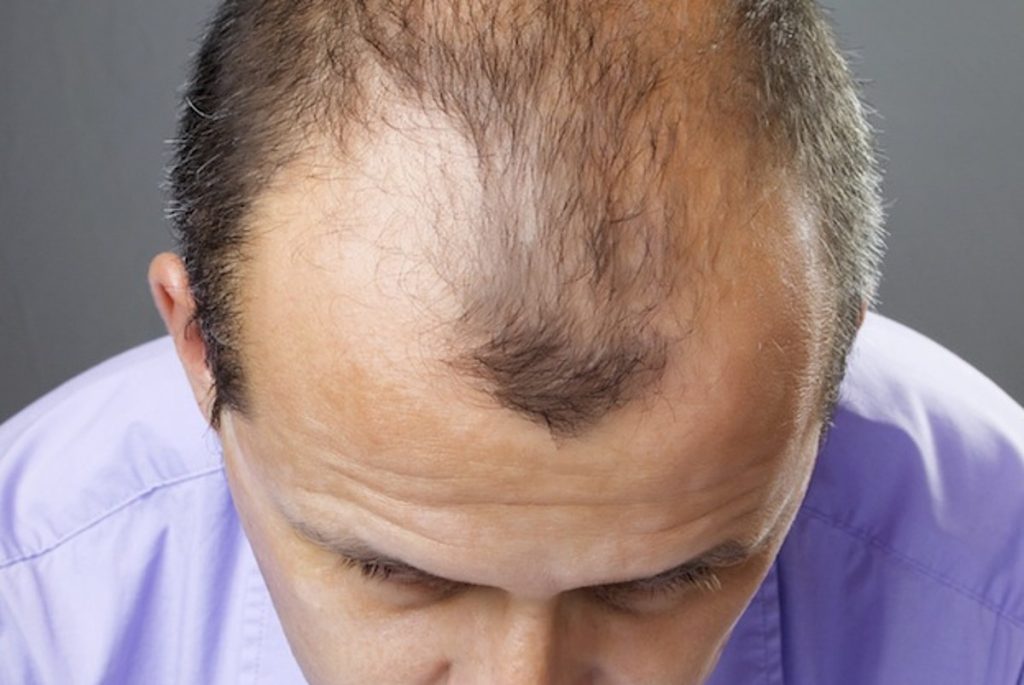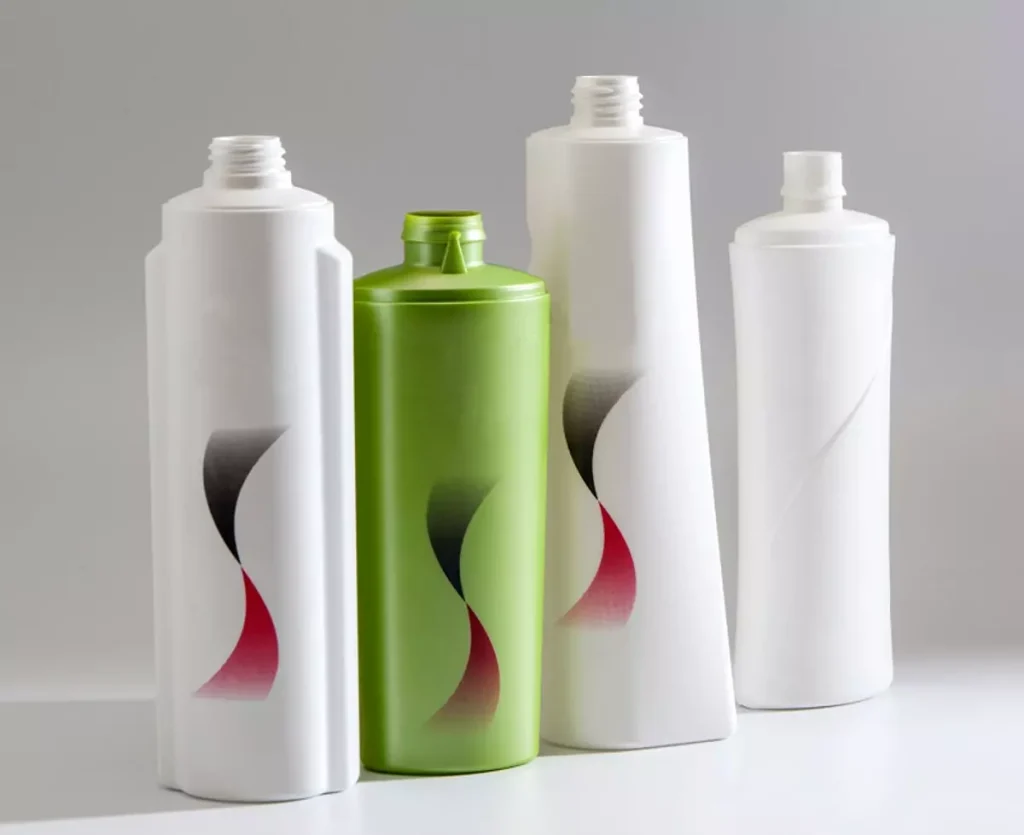After undergoing a hair transplant, it is important to take proper care of the newly transplanted hair to ensure the best possible results. There are certain DOs and DON’Ts that should be followed to promote healing and prevent damage to the newly implanted follicles. By following these guidelines, patients can optimize the success of their hair transplant and achieve the desired outcome. Here are some important things to keep in mind after a hair transplant:
Post-Operative Care Instructions

After your surgery, it is crucial to follow the post-operative care instructions to ensure a smooth and successful recovery. Here are the essential guidelines to follow:
1. Rest
Rest is of utmost importance following surgery. Make sure to get plenty of sleep and avoid strenuous activities. Your body needs time to heal.
2. Medication
Take your prescribed medication as directed by your doctor. It is crucial for managing pain and preventing infection. Be sure to follow the dosage instructions carefully.
3. Wound Care
Proper wound care is essential for preventing complications. Keep the surgical site clean and dry, and follow any specific instructions provided by your surgeon. Look out for signs of infection such as redness, swelling, or discharge.
4. Follow-up Appointments
Attend all follow-up appointments with your doctor. These visits are crucial for monitoring your recovery progress and addressing any concerns or complications.
5. Physical Activity
Gradually introduce physical activity back into your routine as advised by your doctor. It is important to listen to your body and not push yourself too hard too soon.
6. Diet
Follow any dietary guidelines provided by your doctor. Proper nutrition is essential for healing and recovery.
7. Signs of Complications
Be aware of the signs of complications such as severe pain, fever, or excessive bleeding. If you experience any of these symptoms, contact your doctor immediately.
By following these post-operative care instructions, you can promote a successful recovery and minimize the risk of complications. Always consult with your surgeon if you have any concerns or questions regarding your recovery process.
Recommended Hair Care Products

When it comes to taking care of your hair, using the right products can make all the difference. From shampoos and conditioners to styling treatments, here are some recommended hair care products to keep your locks looking their best:
Shampoos
For those with dry or damaged hair, a moisturizing shampoo like Olaplex No. 4 Bond Maintenance Shampoo can help repair and hydrate your strands. If you have oily hair, a clarifying shampoo such as Neutrogena Anti-Residue Formula Shampoo can remove build-up and leave your hair feeling fresh.
Conditioners
After shampooing, it’s important to use a conditioner to nourish and protect your hair. Moroccanoil Hydrating Conditioner is a great option for adding moisture and shine to dry, frizzy hair. For fine or limp hair, a lightweight conditioner like Living Proof Full Conditioner can provide added volume without weighing your hair down.
Styling Treatments
When it comes to styling, it’s important to use products that not only hold your style in place but also protect your hair from heat damage. Oribe Royal Blowout Heat Styling Spray is a luxurious option that adds softness and shine while protecting your hair from heat. For those who prefer a more natural look, a texturizing spray like Ouai Texturizing Hair Spray can add effortless, beachy waves without any crunchiness.
| Type | Product | Description |
|---|---|---|
| Shampoo | Olaplex No. 4 Bond Maintenance Shampoo | Moisturizing shampoo for dry or damaged hair |
| Shampoo | Neutrogena Anti-Residue Formula Shampoo | Clarifying shampoo for oily hair |
| Conditioner | Moroccanoil Hydrating Conditioner | Adds moisture and shine to dry, frizzy hair |
| Conditioner | Living Proof Full Conditioner | Lightweight conditioner for added volume |
| Styling Treatment | Oribe Royal Blowout Heat Styling Spray | Adds softness and shine while protecting from heat |
| Styling Treatment | Ouai Texturizing Hair Spray | Adds effortless, beachy waves without crunchiness |
Avoiding Activities That Could Disrupt Healing
When recovering from an injury or illness, it is crucial to take care of your body and avoid activities that could disrupt the healing process. By being mindful of your actions and making smart choices, you can support your body’s natural healing abilities and prevent setbacks. Here are some activities to avoid during the healing process:
1. Excessive Physical Exertion
While regular, gentle exercise can be beneficial for healing, excessive physical exertion can put unnecessary strain on your body and slow down the healing process. It is important to listen to your body and avoid pushing yourself too hard, especially during the initial stages of recovery.
2. Poor Nutrition
Proper nutrition is essential for supporting your body’s healing processes. Consuming a balanced diet rich in vitamins, minerals, and protein can provide the necessary nutrients for tissue repair and overall healing. Avoiding processed foods, excessive sugar, and unhealthy fats can also support your body’s ability to heal efficiently.
3. Ignoring Medical Advice
It is important to follow the guidance of your healthcare provider during the healing process. Ignoring medical advice, skipping prescribed treatments, or prematurely returning to regular activities can disrupt the healing process and lead to complications. It is essential to communicate openly with your healthcare team and follow their recommendations for a successful recovery.
By avoiding these disruptive activities and prioritizing self-care, you can support your body’s natural healing process and promote a speedy and effective recovery. It is important to be patient and consistent in your efforts to ensure a successful healing journey.
Dietary and Lifestyle Guidelines

There are several dietary and lifestyle guidelines that can have a significant impact on overall health and well-being. By following these guidelines, individuals can improve their quality of life and reduce their risk of developing chronic diseases.
Dietary Guidelines
When it comes to dietary guidelines, it is important to focus on consuming a balanced and nutritious diet. This includes:
- Balance: Eating a variety of foods from all food groups, including fruits, vegetables, whole grains, lean proteins, and healthy fats.
- Portion Control: Monitoring portion sizes to avoid overeating and maintain a healthy weight.
- Hydration: Drinking an adequate amount of water throughout the day to stay hydrated and support bodily functions.
Lifestyle Guidelines
In addition to diet, lifestyle choices also play a crucial role in overall health. Some important lifestyle guidelines include:
- Physical Activity: Engaging in regular physical activity such as walking, jogging, swimming, or strength training to maintain a healthy weight and promote cardiovascular health.
- Sleep: Getting an adequate amount of sleep each night to support overall well-being and cognitive function.
- Stress Management: Implementing stress-reducing techniques such as meditation, yoga, or deep breathing exercises to improve mental health.
By following these dietary and lifestyle guidelines, individuals can take proactive steps toward improving their health and well-being.
Managing Discomfort and Swelling
After undergoing a medical procedure, it is common to experience discomfort and swelling. It is important to manage these symptoms effectively in order to promote healing and recovery.
Rest
One of the most important steps in managing discomfort and swelling is to allow the body to rest. This may mean taking time off from work or other activities, and prioritizing relaxation and recovery. Rest allows the body to focus its energy on healing, reducing discomfort and swelling in the process.
Elevation
Elevating the affected area can also help to reduce swelling. For example, if you have undergone a surgery on your leg, keeping it elevated can help to prevent fluid buildup and alleviate discomfort. Using pillows or cushions to keep the area propped up can aid in the reduction of swelling.
Icing
Applying ice to the affected area can provide relief from discomfort and help to reduce swelling. Ice packs or cold compresses can be used for short periods of time, as directed by your healthcare provider. The cold temperature helps to constrict blood vessels, reducing inflammation and promoting comfort.
Overall, effectively managing discomfort and swelling after a medical procedure is crucial for promoting healing and ensuring a smooth recovery. By prioritizing rest, elevation, and icing, individuals can take important steps in managing these symptoms and facilitating their own healing process.
Long-Term Maintenance Tips
When it comes to ensuring the longevity of your belongings, taking care of long-term maintenance is crucial. Here are some tips to help you keep your possessions in top condition for years to come.
Regular Cleaning
One of the most important aspects of long-term maintenance is regular cleaning. Whether it’s your car, electronic devices, or household appliances, keeping them clean can prevent dirt and grime from causing long-term damage. Develop a schedule for cleaning and stick to it to ensure everything stays in top shape.
Proper Storage
Another key factor in long-term maintenance is proper storage. Storing your items in the right conditions can prevent wear and tear. Make sure to store items in a cool, dry place away from direct sunlight and extreme temperatures. If necessary, invest in storage solutions like cases, covers, or shelves to protect your belongings.
Regular Inspections
Regular inspections can help identify any potential issues before they turn into major problems. Whether it’s checking for leaks in your home, inspecting your vehicle for worn-out parts, or examining your electronics for signs of wear, regular inspections can save you from costly repairs in the long run.
“Preventive maintenance is the key to long-term durability.”
By following these long-term maintenance tips, you can ensure that your belongings remain in excellent condition for years to come.
| Tip | Details |
|---|---|
| Cleaning | Regular cleaning schedules |
| Storage | Proper storage solutions |
| Inspections | Regular maintenance checks |
Frequently Asked Questions
What is a hair transplant?
A hair transplant is a surgical procedure to redistribute hair from a fuller area of the scalp to a thinner or balding area. It involves removing hair follicles from one part of the body and transplanting them to the balding area.
Am I a good candidate for a hair transplant?
Good candidates for hair transplants are those with male or female pattern baldness, people with thinning hair, individuals who have lost hair due to burns or trauma, and those who have realistic expectations about the outcomes of the procedure.
How long does it take to see the results of a hair transplant?
It may take several months to see the full results of a hair transplant. Typically, new hair growth can be seen within 3 to 4 months after the procedure, and the full results can be observed within 12 to 18 months.
What are the potential risks and complications of a hair transplant?
Potential risks and complications of a hair transplant may include infection, bleeding, scarring, unnatural-looking hair growth, and the possibility of hair not looking as expected. It’s important to discuss these risks with a qualified surgeon before undergoing the procedure.
How long do the results of a hair transplant last?
The results of a hair transplant are generally permanent. The transplanted hair follicles are typically resistant to the hormone that causes male pattern baldness, so they should continue to grow for the rest of your life.
